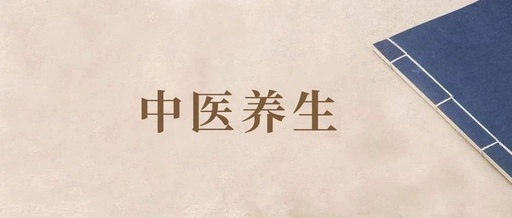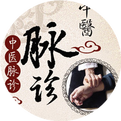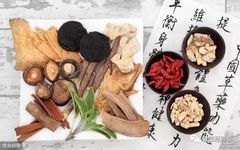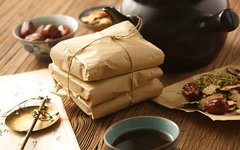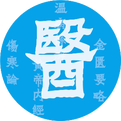TCM Rehabilitation and Health Preservation Methods for Diarrhea After Recovery from Exogenous Diseases
↑Click the card above to follow me↑[This article is: Dr. Peng Xin’s explanation of the “TCM Treatment of Exogenous Diseases” series, Lecture 6 (more exciting content will be updated in the next issue…)]Dear listeners, hello, I am Dr. Peng Xin from TCM.Today, I will share with you the courseThe main title is:TCM Rehabilitation and Health … Read more

